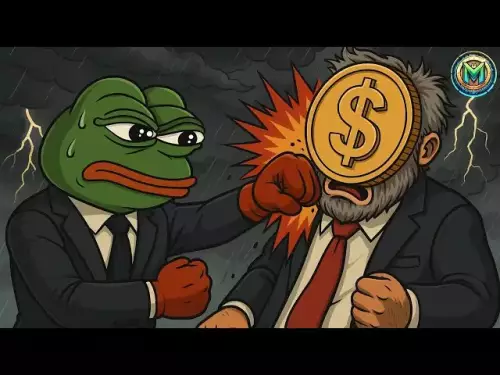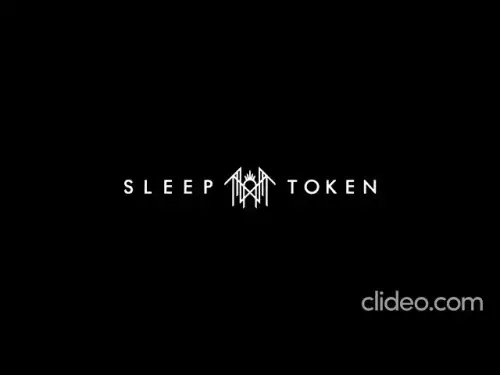-
 Bitcoin
Bitcoin $113200
1.54% -
 Ethereum
Ethereum $4368
1.43% -
 XRP
XRP $3.022
4.23% -
 Tether USDt
Tether USDt $0.0000
-0.01% -
 BNB
BNB $883.5
0.92% -
 Solana
Solana $219.5
5.29% -
 USDC
USDC $0.9997
-0.02% -
 Dogecoin
Dogecoin $0.2411
3.66% -
 Cardano
Cardano $0.8908
5.48% -
 TRON
TRON $0.3349
0.94% -
 Hyperliquid
Hyperliquid $54.50
8.93% -
 Chainlink
Chainlink $23.73
5.54% -
 Ethena USDe
Ethena USDe $1.001
-0.01% -
 Sui
Sui $3.602
5.47% -
 Stellar
Stellar $0.3861
5.90% -
 Bitcoin Cash
Bitcoin Cash $585.1
-1.13% -
 Avalanche
Avalanche $26.09
4.37% -
 Hedera
Hedera $0.2325
5.06% -
 UNUS SED LEO
UNUS SED LEO $9.549
-0.23% -
 Litecoin
Litecoin $114.2
1.13% -
 Cronos
Cronos $0.2502
-2.95% -
 Toncoin
Toncoin $3.134
1.24% -
 Shiba Inu
Shiba Inu $0.00001307
4.10% -
 Polkadot
Polkadot $4.148
3.50% -
 Uniswap
Uniswap $9.759
3.47% -
 Ethena
Ethena $0.8495
11.24% -
 World Liberty Financial
World Liberty Financial $0.2188
3.76% -
 Dai
Dai $0.9997
-0.03% -
 Monero
Monero $271.7
0.21% -
 Aave
Aave $309.2
2.95%
Can anything digital be an NFT?
Virtually any digital file—art, music, text, or video—can be minted as an NFT, with ownership recorded on the blockchain via a unique token linked to the content.
Aug 10, 2025 at 02:42 pm
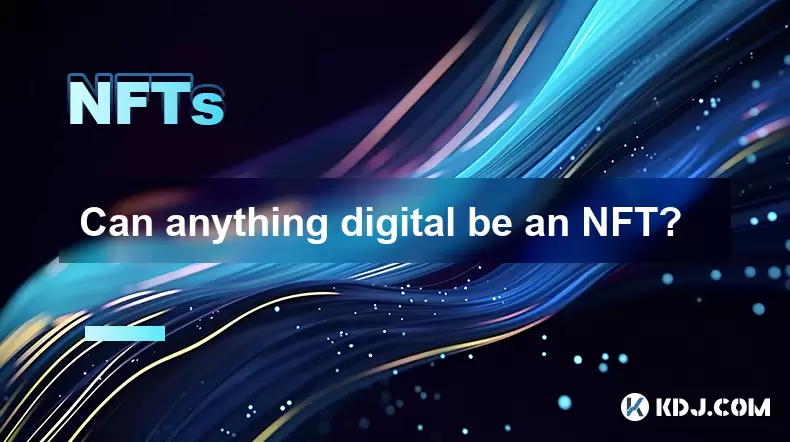
Understanding the Core Concept of NFTs
An NFT (Non-Fungible Token) is a unique digital asset verified using blockchain technology, primarily on networks like Ethereum, Solana, or Polygon. Unlike cryptocurrencies such as Bitcoin or Ethereum, which are fungible and interchangeable, each NFT has distinct properties that make it irreplaceable and indivisible. The key attribute of an NFT is its uniqueness and verifiable ownership, which is recorded on a decentralized ledger. This allows creators and buyers to prove authenticity and scarcity in the digital realm.
When asking whether anything digital can become an NFT, the answer lies in understanding that the NFT itself is not the digital file but a token on the blockchain that represents ownership of that file. The digital content—be it an image, video, audio, or text—is typically stored off-chain, with the NFT containing a link (often a URL or IPFS hash) pointing to that content. Therefore, the NFT acts as a certificate of ownership, not the content itself.
Types of Digital Content That Can Be Tokenized
Virtually any form of digital media can be minted as an NFT. This includes, but is not limited to:
- Digital artwork such as JPEGs, PNGs, or GIFs
- Music files in MP3, WAV, or FLAC formats
- Video clips, including short films or animations
- 3D models used in gaming or virtual environments
- Text-based content like poems, eBooks, or tweets
- Virtual real estate in metaverse platforms
- Domain names registered on blockchain-based systems
Each of these items can be linked to an NFT during the minting process. The critical factor is not the file type but the ability to associate it with a unique token ID and metadata stored on the blockchain. For instance, platforms like OpenSea, Rarible, or Foundation allow users to upload their digital files and convert them into NFTs through a straightforward interface.
The Minting Process: Turning Digital Files into NFTs
Minting an NFT involves several technical steps that ensure the digital item is securely tied to a blockchain record. To mint an NFT:
- Connect a crypto wallet such as MetaMask or Phantom to an NFT marketplace
- Upload the digital file (image, audio, etc.) to the platform
- Fill in metadata fields including title, description, and properties
- Choose whether the NFT is a single edition or part of a collection
- Select the blockchain network for minting (e.g., Ethereum, Solana)
- Pay the required gas fees or transaction costs to finalize minting
During this process, the platform generates a smart contract that defines the NFT’s attributes and ownership rules. The file itself is usually stored on decentralized storage systems like IPFS (InterPlanetary File System) to prevent central server dependency and ensure permanence. The NFT then contains a CID (Content Identifier) from IPFS, which serves as a permanent link to the file.
It’s important to note that while the file becomes associated with the NFT, copyright and intellectual property rights are not automatically transferred. Unless explicitly stated in the smart contract or accompanying legal agreement, the creator retains copyright, and the buyer only owns the tokenized version.
Limitations and Risks of Digital NFTs
Despite the broad potential, not all digital items make effective or secure NFTs. One major concern is link rot or content drift. If the digital file is hosted on a centralized server and that server goes offline, the NFT may point to a broken link, rendering the content inaccessible. This is why decentralized storage solutions like IPFS or Arweave are strongly recommended.
Another limitation involves file size and cost. High-resolution videos or large 3D models require more storage, which can increase minting costs, especially on blockchains with high gas fees. Some platforms offer lazy minting, where the NFT is created only when purchased, reducing upfront costs.
Additionally, duplicate or plagiarized content is a persistent issue. Anyone can mint an NFT of a popular image or song without owning the rights, leading to disputes over authenticity. While blockchain verifies ownership of the token, it does not inherently validate the legitimacy of the underlying content. Buyers must rely on creator verification, provenance tracking, and community reputation to assess value and legitimacy.
Practical Examples of Unconventional Digital NFTs
The flexibility of NFT technology has led to creative and sometimes unexpected applications. Examples include:
- NFTs of tweets, such as Jack Dorsey’s first tweet, sold for over $2 million
- In-game items like skins, weapons, or characters in blockchain games
- Digital fashion for avatars in virtual worlds like Decentraland
- Membership tokens granting access to exclusive online communities
- Certificates of authenticity for physical goods, linked to digital twins
These cases demonstrate that the scope of NFTs extends beyond traditional art. A PDF of a contract, a software license, or even a digital recipe can be tokenized if there is demand for verifiable ownership or access control. The essential requirement is the integration of the digital item with a blockchain-based token standard, such as ERC-721 or SPL tokens.
Frequently Asked Questions
Can I turn a screenshot of a website into an NFT?Yes, you can save a screenshot as an image file (e.g., PNG) and mint it as an NFT. However, the act of taking a screenshot does not grant ownership or copyright of the website content. The NFT would represent ownership of the image file, not the website itself.
What happens if the digital file linked to an NFT gets deleted?If the file is stored on a centralized server and removed, the NFT may become a 'ghost token' with no accessible content. Using IPFS or Arweave minimizes this risk by ensuring the file is replicated across multiple nodes, preserving long-term availability.
Can text documents like a novel be NFTs?Absolutely. A novel saved as a PDF or plain text can be uploaded and minted as an NFT. The token can represent a first edition, signed copy, or exclusive release. The metadata can include details like chapter count, genre, and author information.
Is there a file format that cannot be an NFT?There is no technically unsupported format. Even obscure or proprietary files can be linked to an NFT. However, widely supported formats (JPEG, MP3, MP4) are preferred for accessibility and compatibility across wallets and marketplaces.
Disclaimer:info@kdj.com
The information provided is not trading advice. kdj.com does not assume any responsibility for any investments made based on the information provided in this article. Cryptocurrencies are highly volatile and it is highly recommended that you invest with caution after thorough research!
If you believe that the content used on this website infringes your copyright, please contact us immediately (info@kdj.com) and we will delete it promptly.
- Aethir Price Check: Smart Money Bails, Correction Ahead?
- 2025-09-09 16:25:13
- Canary ETF, Staked SEI, and SEC Filings: A New York Minute on Crypto's Next Big Thing
- 2025-09-09 16:45:16
- Nasdaq and Tokenized Securities: Trading's Next Frontier
- 2025-09-09 16:45:16
- Tom Lee's Bold Bitcoin Prediction: $200,000 by 2025?
- 2025-09-09 16:25:13
- Ruvi AI's Presale: Is This Your Ticket to Six Figures?
- 2025-09-09 16:30:12
- Dogecoin Price Prediction: Whale Attention and the $DOGE ETF Buzz
- 2025-09-09 16:30:12
Related knowledge
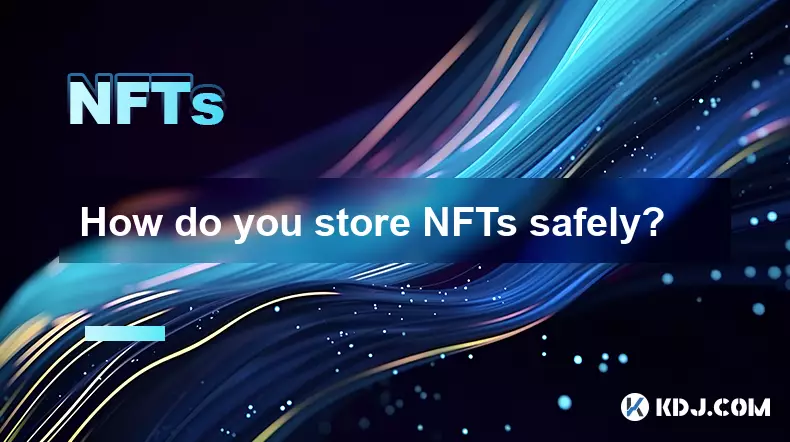
How do you store NFTs safely?
Sep 09,2025 at 02:54am
Understanding NFT Storage Fundamentals1. NFTs, or non-fungible tokens, are digital assets verified on a blockchain, typically representing ownership o...
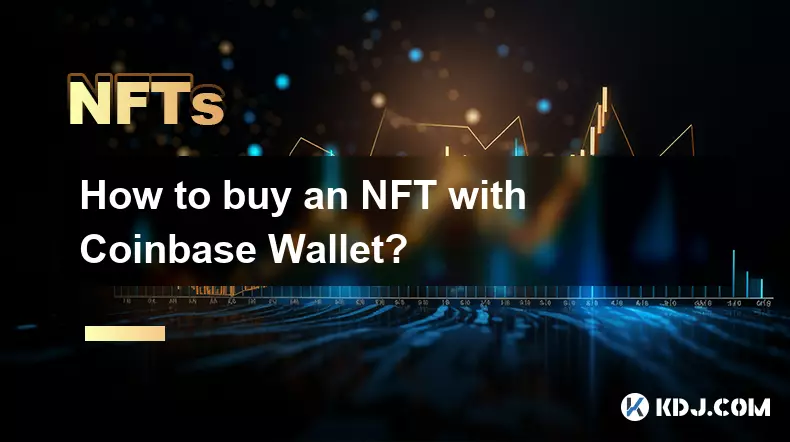
How to buy an NFT with Coinbase Wallet?
Sep 05,2025 at 04:54am
Setting Up Your Coinbase Wallet1. Download the Coinbase Wallet app from the App Store or Google Play Store. The application functions as a standalone ...
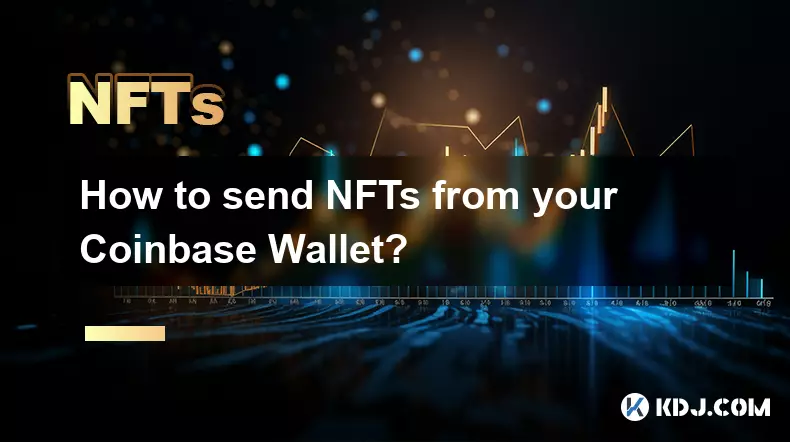
How to send NFTs from your Coinbase Wallet?
Sep 08,2025 at 12:36am
Sending NFTs from Coinbase Wallet: A Step-by-Step Guide1. Open the Coinbase Wallet app on your mobile device and ensure you are logged into the correc...
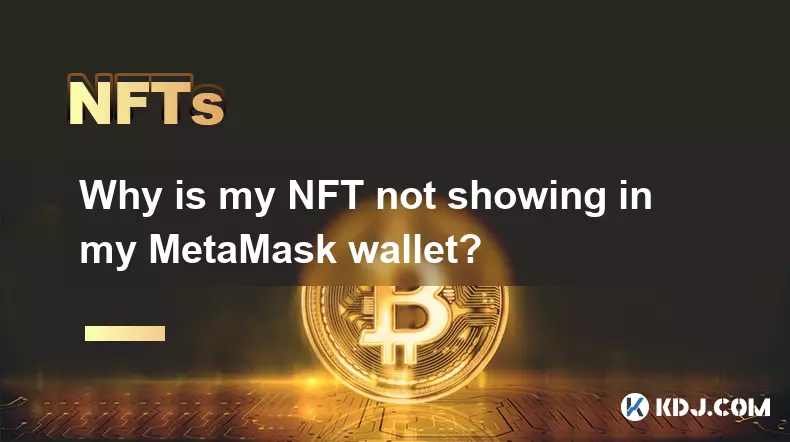
Why is my NFT not showing in my MetaMask wallet?
Sep 05,2025 at 07:55am
Understanding NFT Visibility in MetaMask1. MetaMask is a digital wallet that supports Ethereum and other EVM-compatible blockchains, allowing users to...
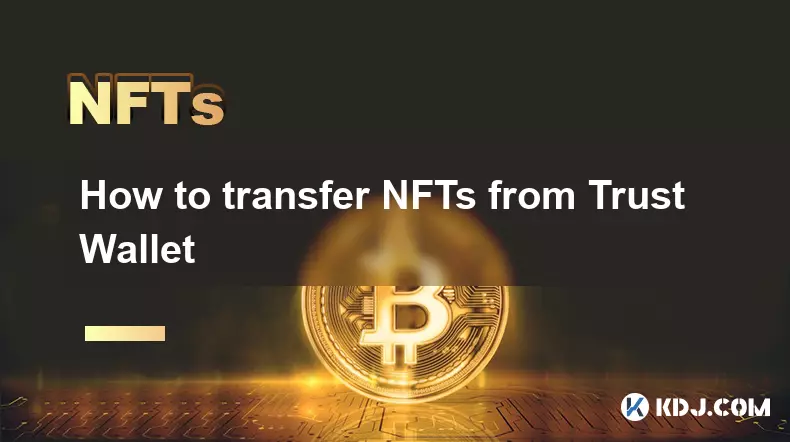
How to transfer NFTs from Trust Wallet
Sep 07,2025 at 09:00am
Understanding NFT Transfers from Trust Wallet1. Trust Wallet is a widely used mobile cryptocurrency wallet that supports a variety of blockchain netwo...
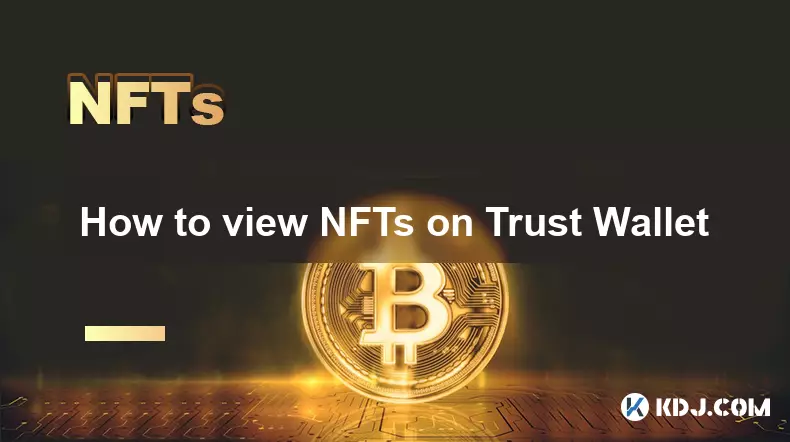
How to view NFTs on Trust Wallet
Sep 08,2025 at 11:37am
Accessing NFTs in Trust Wallet1. Open the Trust Wallet application on your mobile device and ensure you are logged into your account. The app supports...

How do you store NFTs safely?
Sep 09,2025 at 02:54am
Understanding NFT Storage Fundamentals1. NFTs, or non-fungible tokens, are digital assets verified on a blockchain, typically representing ownership o...

How to buy an NFT with Coinbase Wallet?
Sep 05,2025 at 04:54am
Setting Up Your Coinbase Wallet1. Download the Coinbase Wallet app from the App Store or Google Play Store. The application functions as a standalone ...

How to send NFTs from your Coinbase Wallet?
Sep 08,2025 at 12:36am
Sending NFTs from Coinbase Wallet: A Step-by-Step Guide1. Open the Coinbase Wallet app on your mobile device and ensure you are logged into the correc...

Why is my NFT not showing in my MetaMask wallet?
Sep 05,2025 at 07:55am
Understanding NFT Visibility in MetaMask1. MetaMask is a digital wallet that supports Ethereum and other EVM-compatible blockchains, allowing users to...

How to transfer NFTs from Trust Wallet
Sep 07,2025 at 09:00am
Understanding NFT Transfers from Trust Wallet1. Trust Wallet is a widely used mobile cryptocurrency wallet that supports a variety of blockchain netwo...

How to view NFTs on Trust Wallet
Sep 08,2025 at 11:37am
Accessing NFTs in Trust Wallet1. Open the Trust Wallet application on your mobile device and ensure you are logged into your account. The app supports...
See all articles
























